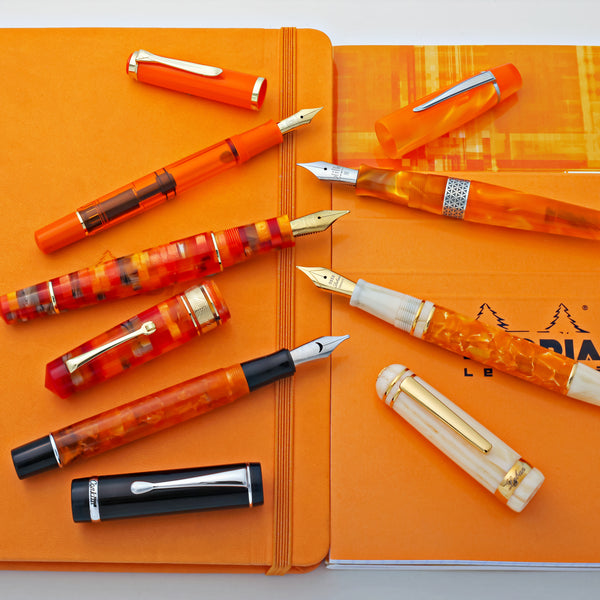Unlike the smartphone and the personal computer, brass writing instruments are built to last a lifetime, if not longer. Instead of buying a new one every 2-3 years, pens are meant to be lifelong companions that can age along with you.
In this post, I share the reasons why pen enthusiasts are drawn to brass pens, as well as exploring the best brass pens. In the accompanying video, you'll learn how to polish your brass using common household ingredients. If you prefer the tarnished look, you'll find a simple, at-home experiment to show you how to age your brass pen overnight. Plus, learn an interesting fact about brass that will give you some peace of mind when lending your pen to someone.
As the Roman poet Horace wrote, "More durable than brass my monument shall be." Human beings are the only creatures (that we know of) endowed with awareness of mortality. All of us know we're going to die someday. With this knowledge, we attempt to build monuments to outlast us so we may never fully die. We create art and contribute to a greater cause with the hopes that our deeds will live on. Our tools, like the humble pen, can remind us of this grander scale in a symbolic way.
A brass-bodied pen, like the Y Studio Classic Revolve brass fountain pen, has the durability to last a lifetime, if not longer.



